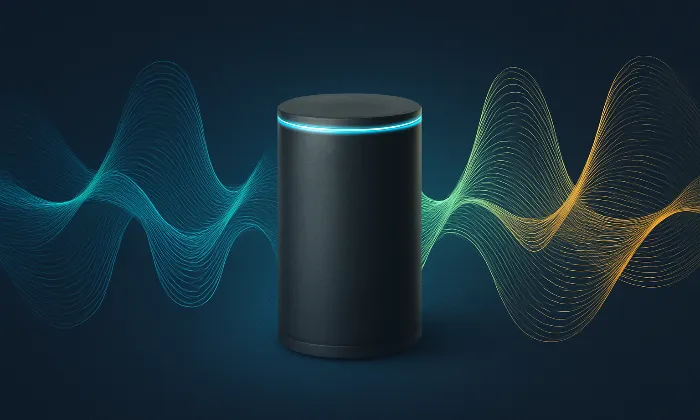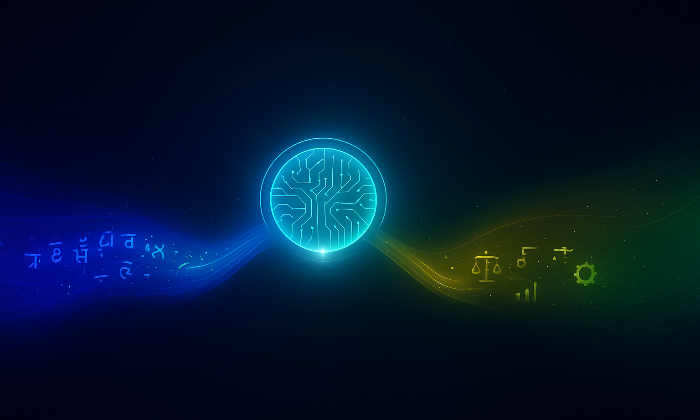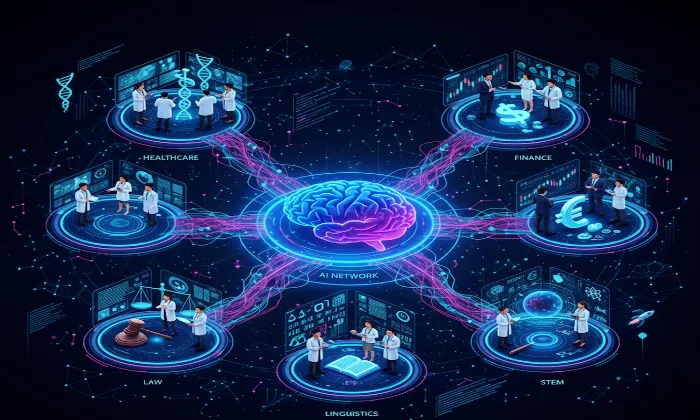Are transcriptions done manually or semi-automatically in doctor–patient conversation dataset?
Transcription
Healthcare
Speech AI
In the evolving landscape of healthcare AI, understanding transcription formats is pivotal for building effective doctor-patient interaction models. The primary formats used are JSON, TXT, and CSV, each offering unique benefits for different applications within AI systems.
Mechanics of Transcribing Doctor-Patient Conversations
- Automated Transcription: The process begins with advanced automatic speech recognition (ASR) technology, which swiftly converts audio recordings into text. These ASR systems are trained on diverse healthcare-related speech patterns, allowing them to handle medical jargon and conversational nuances effectively. Despite their speed, these systems are only the first step, providing a draft that requires human refinement.
- Human Review: Following the automated draft, human annotators meticulously review the transcriptions to ensure they align with actual speech patterns, including interruptions and emotional cues. Medical experts further validate these transcriptions, ensuring that the medical terminology and context are accurately represented. This dual-layer approach guarantees that the final output is both linguistically precise and medically reliable.
Significance of Semi-Automatic Transcription in Healthcare
This combined approach is particularly significant in the healthcare industry for several reasons:
- Transcription Accuracy: By integrating human review, we minimize errors that solely automated systems might introduce, especially in complex medical dialogues. This step is crucial for applications in natural language processing (NLP) and conversational AI.
- Contextual Integrity: Medical conversations often contain emotional undertones and specific contextual references that automated systems might misinterpret. Human reviewers ensure that these nuances are captured, preserving the true intent and meaning behind the dialogue.
- Ethical Data Collection: The process adheres to regulations like HIPAA and GDPR, ensuring that patient data remains safeguarded. This compliance is vital for maintaining trust and reliability in healthcare transcriptions.
Challenges of Semi-Automatic Transcription
While this method offers numerous advantages, it also presents challenges:
- Time and Cost Efficiency: The dual-layer process can be more time-consuming and resource-intensive than fully automated solutions. Organizations must balance the need for high-quality transcriptions with operational efficiency and budget constraints.
- Scalability: As demand for healthcare data grows, scaling the manual review process can be challenging. Investing in expanding reviewer teams or enhancing ASR models for better initial accuracy can help manage larger volumes effectively.
Avoiding Pitfalls in Healthcare Transcription
Experienced transcription teams often encounter pitfalls that can impact the quality of datasets:
- Overreliance on Automation: Relying solely on automated systems can lead to significant inaccuracies, particularly in specialized medical contexts. Ensuring a robust human review process is essential for high-quality output.
- Ignoring Contextual Nuances: Failing to capture emotional and contextual aspects of conversations can lead to critical information loss. Transcription strategies must prioritize these elements to enhance data usability in AI applications.
- Inadequate Training of Reviewers: Insufficient training for human annotators can result in inconsistencies. Continuous education in medical terminology and conversational dynamics is essential to maintaining high standards.
Real-World Impacts & Use Cases
Consider a scenario where transcription errors led to a miscommunication in a clinical setting, resulting in incorrect treatment recommendations. Such errors underline the importance of a dual-layer transcription approach that ensures accuracy and contextual relevance, ultimately safeguarding patient outcomes.
In conclusion, the semi-automatic transcription process used in doctor-patient conversation datasets is crucial for developing effective healthcare AI systems. By combining automated tools with human expertise, organizations can achieve the level of accuracy and contextual understanding needed for successful AI applications. As healthcare technology evolves, the demand for reliable, ethically sourced data will only grow, reinforcing the importance of this transcription methodology.
For healthcare AI projects requiring precise speech data, FutureBeeAI's expertise in speech data collection and speech annotation can ensure production-ready datasets are delivered promptly, providing a robust foundation for innovative AI solutions.
Smart FAQs
Q. How do automated transcription tools handle medical terminology?
A. Automated transcription tools are trained on diverse datasets that include medical conversations, enabling them to recognize and accurately transcribe complex medical jargon. However, human review is essential to ensure contextual accuracy and appropriateness.
Q. What measures can be taken to improve the transcription quality in healthcare contexts?
A. Investing in continuous training for human reviewers, utilizing advanced ASR technologies, and implementing a robust quality assurance process can significantly enhance transcription quality in healthcare. Regularly updating the training datasets to include new medical terms can also help keep the transcription process current.
What Else Do People Ask?
Related AI Articles
Browse Matching Datasets
Acquiring high-quality AI datasets has never been easier!!!
Get in touch with our AI data expert now!








